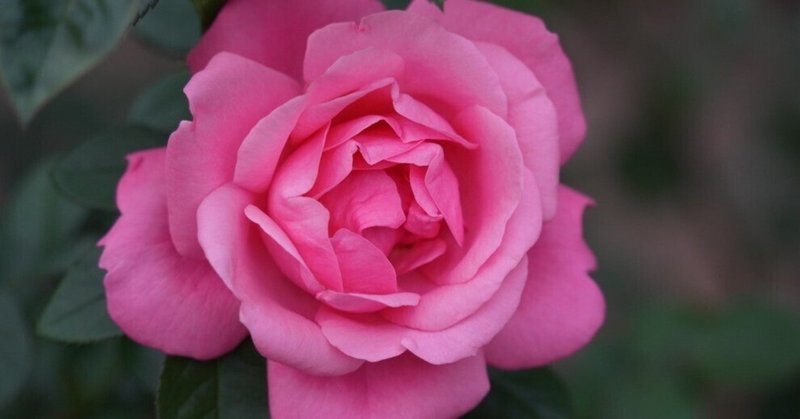
The plutonium was a product of China's atmospheric nuclear tests in the 1980s, and "it was pouring into Japan."
Masayuki Takayama cuts down on the U.S., China, South Korea, and Asahi. A book that will make Japanese people more and more energetic.
The following is from Masayuki Takayama's book, published on December 10, 2013, under the above title.
Asahi Shimbun's "Allergy to Nuclear Power" Campaign is Scary
Radiation medicine is also "internally exposed" to radiation...
What is more problematic is that all these newspapers are turning into Tensei Jingo these days.
They are all propaganda from somewhere.
For example, look at the September 7 edition, the first anniversary of the Senkaku Islands Senkaku fishing boat hitting a Chinese patrol boat.
On the same day, the Sankei Shimbun editorialized on the Senkaku issue and had Masaharu Isshiki, who publicized the incident, speak about it in its general section.
It also explained Kan's criminal act of donating a large sum of money to a North Korean civic group.
In the nuclear power plant area, it mentioned that China was working on a fast reactor that was beyond their capacity and that the now-bankrupt Agura Farm was trying to make money off of TEPCO.
The Asahi barely mentions them, and the top of the front page is the first installment of a project to address the fear of radiation.
The next page is titled "Wildlife Contamination Warning."
The article speculates that the boar around the Fukushima nuclear power plant may be contaminated.
The society page also stirred up rumors about radiation, saying that mushroom logs from Fukushima are contaminated.
Below that, the article talks about Kunihiko Takeda, who sells anti-nuclear power, saying that eating vegetables and beef from the Tohoku region harms one's health.
Still, upon closer reading, it is about the mayor of Ichinoseki City protesting against it.
The inside story is about Kenzaburo Oe, who had been out of the news for some time after being exposed as a liar and said, "Stop restarting nuclear power plants that have been shut down."
The opposite side of the story was filled with a report by Tohoku University that "washing the dross from the garden" of a nursery school in Fukushima had reduced cesium levels.
Around the same time, a story speculating that fish in the Pacific Ocean may also be contaminated and an article about a hospital in Kofu that had administered more than the prescribed dose of radioactive technetium.
Technetium does not emit neutron rays but only electron rays (gamma rays).
Technetium is a ubiquitous form of radiation medicine.
Still, on the morning of the day, a hospital in Kofu, Japan, administered a dose of technetium higher than the prescribed level, which the Asahi reported in an article.
It is a very ordinary form of radiation medicine, but the Asahi newspaper calls it "internal radiation exposure."
There is no such thing as internal radiation exposure when it penetrates the body.
It just scares the ignorant readers.
Companies that advertise in such newspapers
They write rumors, and when they cause damage, they write, "TEPCO should compensate for the damage.
A few years ago, in the 2007 Chūetsu offshore earthquake, Asahi lied about the radioactive contamination of the Sea of Japan and made TEPCO pay 3 billion yen for the damage caused by the rumors.
Make the Japanese people more miserable, stop nuclear power plants, and stall the Japanese economy.
That is the real goal of this newspaper.
There is supporting evidence.
In the current fiasco, Asahi's biggest story was the discovery of highly poisonous plutonium with a half-life of 20,000 years near the Fukushima nuclear power plant.
The story could not have been more alarmist, but it was concluded in an inconspicuous evening article on the inside page (May 20).
The plutonium was a product of China's atmospheric nuclear tests in the 1980s, and "it was pouring into Japan."
It is far more severe than Fukushima, but writing the truth would hurt China.
The headline of the evening article was "Plutonium Levels Found to Be Same as Before Accident at Nuclear Power Plant."
The more I read it, the more I enjoyed it.
How can such a thing be called a newspaper?
As long as there are companies that place advertisements in such newspapers, and as long as there are Japanese who are happy to copy down the Tenseijingo, there is no tomorrow for Japan. (October 2011 issue)
この記事が気に入ったらサポートをしてみませんか?
